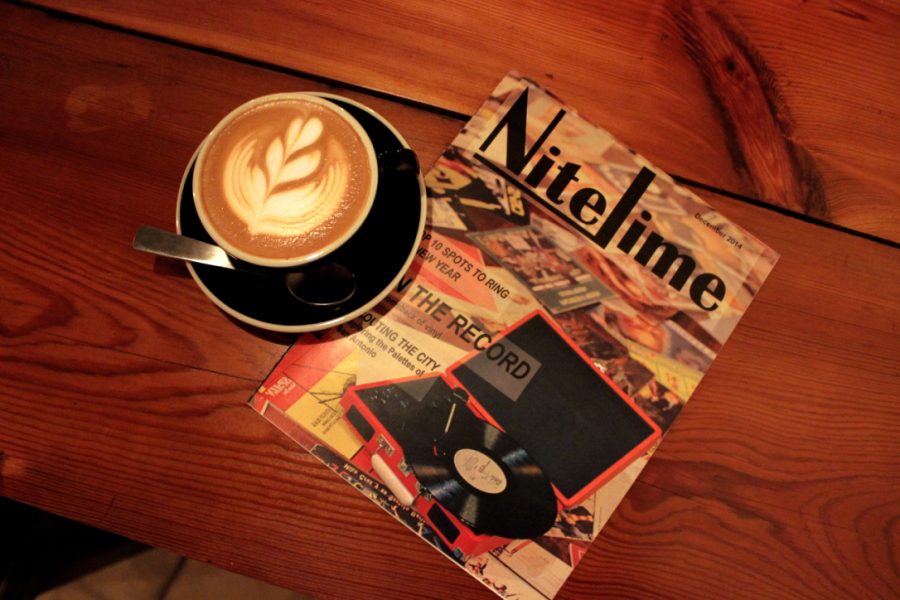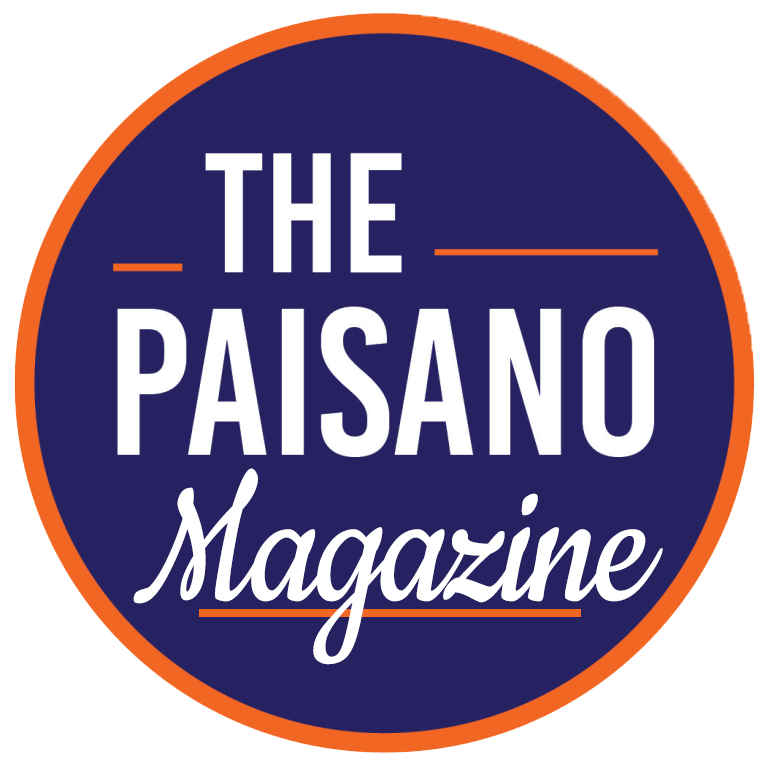Lukewarm, brown liquid usually does the trick at 2 a.m. the night before the midterm paper is due; however, when surveying option, more students are going out of their way to sip on a quality cup of coffee.
Starbucks no longer has a monopoly on college students’ favorite fuel either; from Indy to Local, San Antonio coffee shops are popping up everywhere and brewing bold flavors with beans from all over the globe.
A lot of work goes into making that perfect cup too, and coffee shops are taking greater steps to control the process. Several shops around town have started roasting their own beans, because the quicker the bean goes from roaster to cup, the better the coffee will tastes.
White Elephant Coffee Company opened up about seven months ago in the Southtown area and roasts its beans in-house. Its roaster not only benefits the establishment, but also all of the local shops the company distributes to, including Press Coffee, Señor Veggie and Halycon.
Much like with wine, the soil, elevation and atmosphere of where the coffee beans are grown affect what notes and flavors emerge, explained barista John Hernandez.
When a farm has the perfect combination of the three, buyers must act quickly.
“If you like something you have to move on it immediately because everybody else is going to be into it,” Rosella Coffee barista Emily Kolb explained.
This limited supply and high demand is why shops like Rosella Cofee often sell pour-over coffee at “market price.”
For example, a couple of months ago, a farm in Colombia produced only nine bags of exceptional beans, and White Elephant Coffee Company was able to grab two of them. However, the scarcity drove the price up so much that a cup came out to over $7, which shocked some customer’s senses almost as much as the caffeine content did.
This cherished Colombian coffee was “single-origin,” a term that seems to be thrown around quite a bit nowadays.
Single-origin has a nice ring to it too — as if the beans haven’t mingled with the wrong crowd. However, Hernandez explained that saying single-origin makes for better coffee is “like saying that a pepperoni pizza is better than a pepperoni and mushroom pizza.” It’s just a matter of preference. In fact, shops often mix beans from two different regions to enhance the flavor.
Once a shop finds the right beans and properly roasts them, the final product is in the hands of the baristas. To get the most out of a cup, Hernandez opts for the pour-over method, a manual way of brewing coffee. White Elephant uses this method when trying new beans because it is the most controlled way to brew.
Kolb’s drink of choice is an Americano. “You taste the espresso plus you kind of see the craftsmanship of the barista,” she said.
Barista’s craftsmanship may seem excessive for combination of hot water and espresso, but even the proper measure and tap (amount of pressure used to press down the grounds) could greatly alter the taste. This explains why a barista might seem to be treating his or her coffee grounds like a hand-held sand box: there’s a reason behind the mindful behavior.
People can debate the best coffee drink all day, and they will, but a coffee connoisseur such as Kolb knows that the perfect cup just “depends on your mood and the time you’re getting coffee.”







